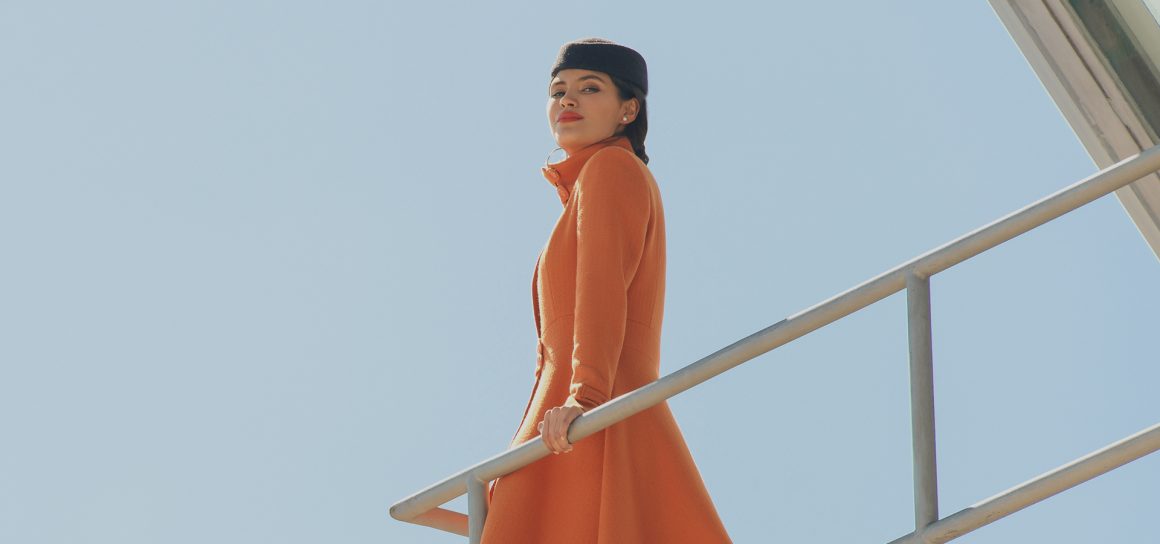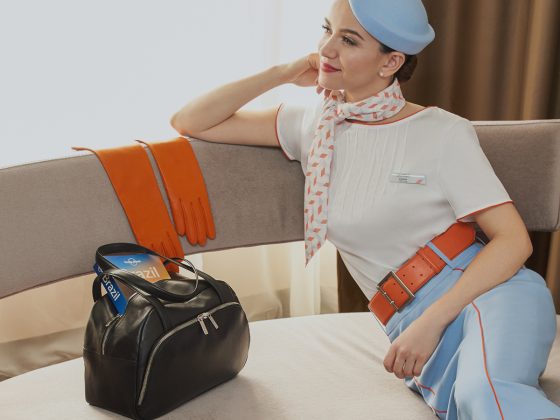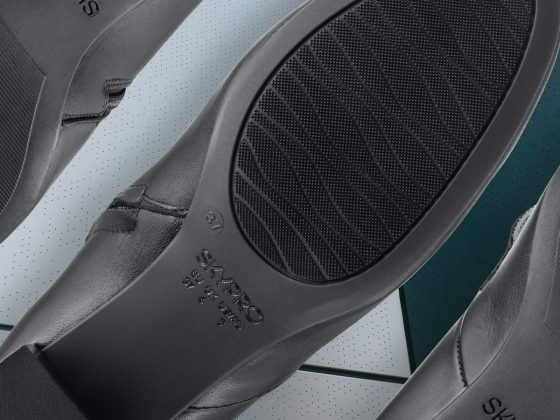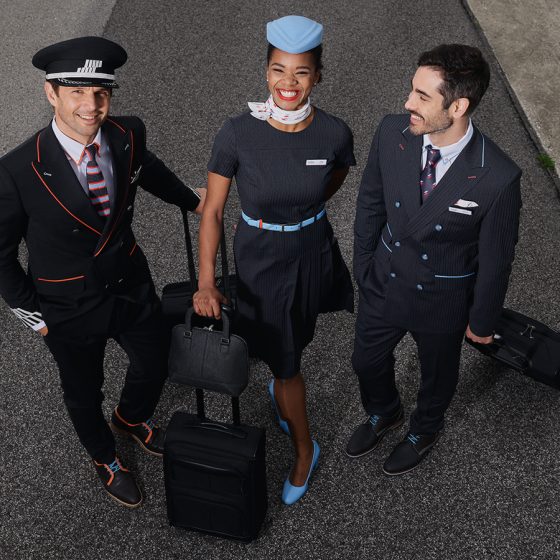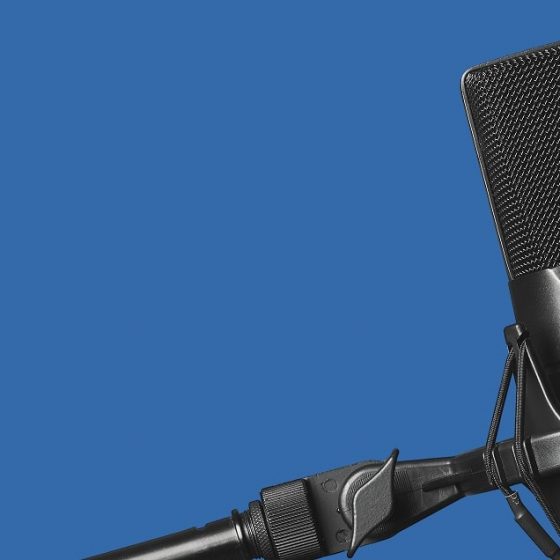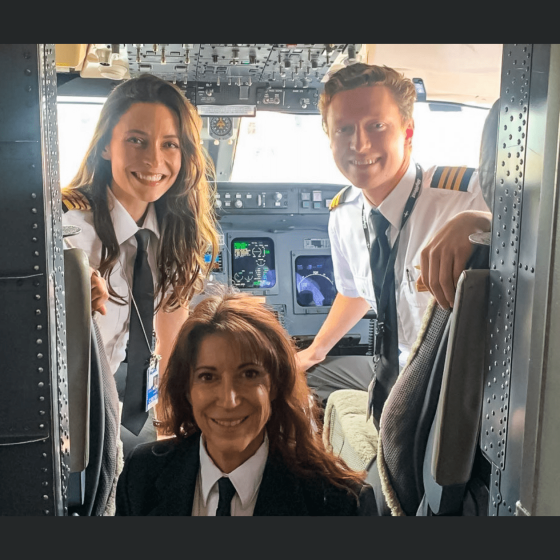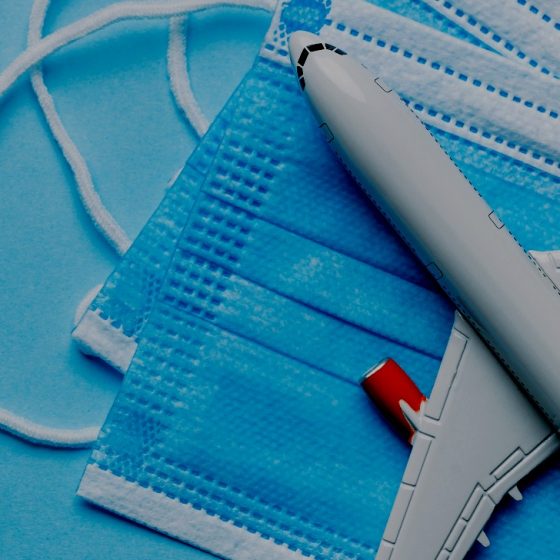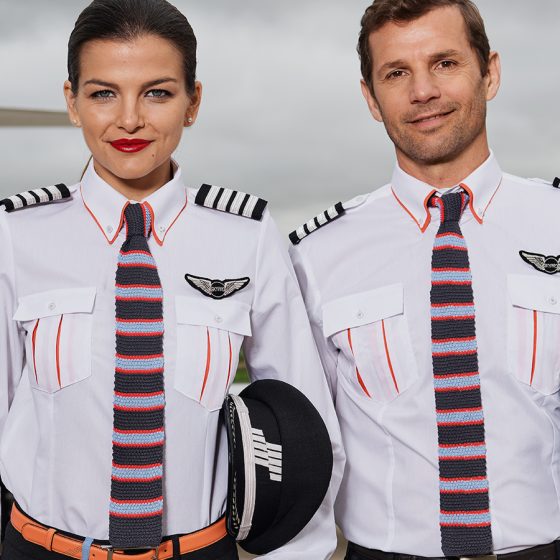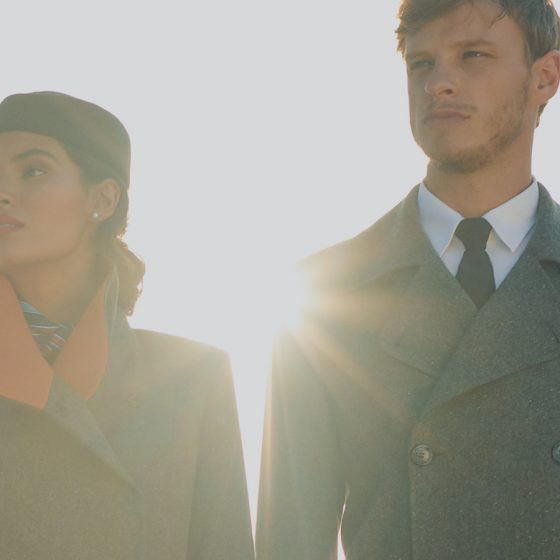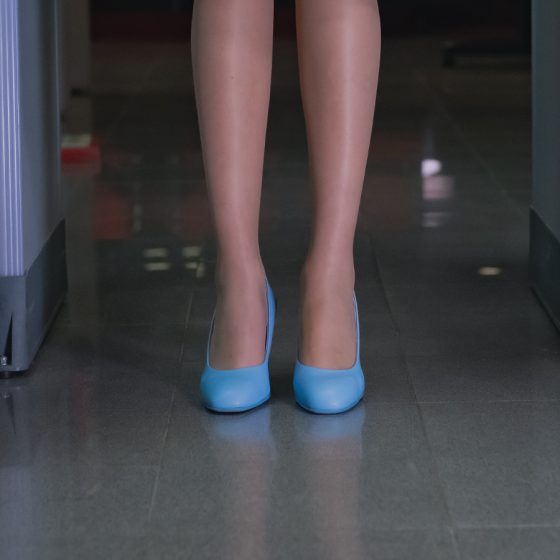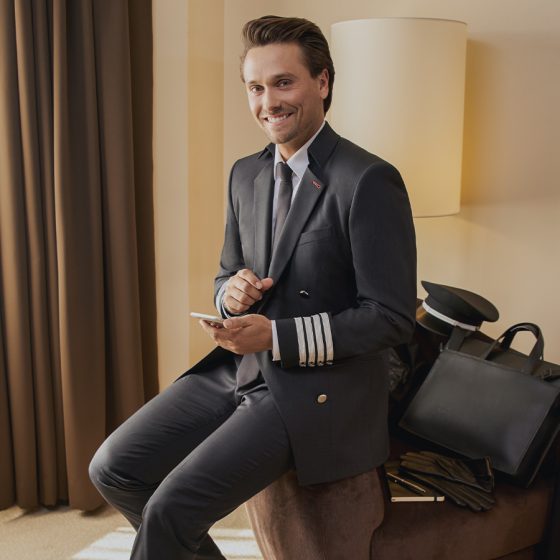The flight attendant job has been undergoing changes over time and the uniforms of the cabin crew as well. Air hostess always had a glamorous status that came from the distinct look and style. SKYPRO gives you a perspective on the evolution of the flight attendant uniform.
Air stewardess uniforms have been suffering from constant changes in order to adapt to the different times, airlines conditions and requirements of the job.
Initially, in the 1930’s, since flight attendants were nurses, the uniforms were designed to be durable, practical and inspire confidence in passengers. Due to the military influence in commercial aviation, many early uniforms had a strongly military appearance; hats, jackets and skirts showed simple straight lines and military details like epaulettes and brass buttons.
At the end of the decade of 1940’s some airlines started to create more distinctive and attractive designs. The female figure was starting to be recognizing as an advantage to commercial airlines profits and some bold uniforms for the time were implemented.
From 1950’s to 1960’s the flight attendant look were extremely important and the requirements were really demanding.
Since 1980’s to the present, some airlines started to use traditional dresses and fabrics of their respective country especially in the national flag carriers of Asian countries. It was meant as marketing strategy to show their national culture as well to convey the welcoming warmth and hospitality.
At the same time, several airlines around the world start to concern about the uniforms being the face of the company. For that reason, airline uniforms started to have a more professional look, with inspirations from business suits.
Today, flight attendants are seen as fashion icons, and airlines have even more care with the uniforms. Although the professional look is still required, shape and design have growing in importance and the details are extremely important. Famous designers have been working with the airline to create exquisite uniforms.
